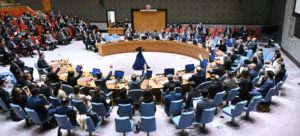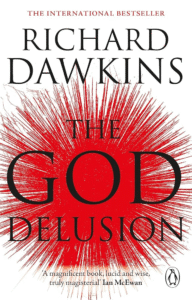The Elusive Ephemeral: Exploring Time, Memory, and Presence in Robert Zemeckis’s Here
Robert Zemeckis’s Here, adapted from Richard McGuire’s groundbreaking graphic novel, is less a conventional narrative film and more a profound meditation on the nature of time, memory, and the ephemeral quality of presence. Starring Tom Hanks in a multitude of roles, the film transcends traditional storytelling to offer a unique and deeply moving experience, inviting viewers to contemplate the unseen history embedded within a single, unassuming location. Through its innovative visual language and Hanks’s chameleon-like performances, Here becomes a powerful exploration of how moments accumulate, how lives intersect, and how the very fabric of existence is woven from the ceaseless flow of time.

A Fixed Frame, Centuries of Change
The genius of Here lies in its deceptively simple premise: the camera remains fixed on a single corner of a room, witnessing the passage of centuries. What unfolds within this static frame is a breathtaking panorama of human experience. We see the land transform from untouched wilderness to a bustling home, observing generations of families live, love, celebrate, and grieve within its confines. Tom Hanks embodies a multitude of the individuals who inhabit this space across time, seamlessly transitioning between different eras and characters. This casting choice is not merely a showcase of Hanks’s versatility but a deliberate artistic decision that underscores the continuity of human experience within a specific place. His familiar presence acts as a subtle anchor, connecting the disparate moments and highlighting the shared humanity that transcends temporal boundaries.
Innovative Visual Language and Layered History
The film’s visual language is its most striking and innovative element. Eschewing traditional cinematic techniques like camera movement and dynamic editing, Here relies on the subtle shifts within the fixed frame. Changes in décor, clothing, and the very atmosphere of the room signal the passage of time. Superimposed images and spectral figures from different eras often coexist within the same frame, creating a layered tapestry of history. This visual layering beautifully illustrates the concept that the past is not entirely gone; it lingers in the very air of a place, in the echoes of laughter and sorrow that resonate through time. The effect is both haunting and deeply moving, forcing the viewer to actively engage with the flow of history and the interconnectedness of moments.
Memory, Place, and the Subjectivity of Time
Here delves into the profound themes of memory and the subjective experience of time. The film suggests that places themselves become repositories of memory, holding within their walls the imprints of countless lives. As we witness the ebb and flow of inhabitants within the fixed frame, we are invited to consider how individual memories contribute to the collective history of a space. The fleeting nature of each moment is emphasized, yet the cumulative effect creates a powerful sense of continuity. The film subtly reminds us that while individual lives are finite, the spaces we inhabit bear witness to an ongoing, unbroken chain of existence.
Tom Hanks: An Anchor Through Temporal Shifts
Tom Hanks’s performance, or rather performances, are integral to the film’s success. By embodying a diverse array of characters across different eras, he becomes a conduit through which we experience the universality of human emotions. Whether he is a young child playing, a lover whispering sweet nothings, or an elderly person reflecting on a life lived, Hanks imbues each portrayal with a quiet authenticity. His presence, though constantly shifting, provides a familiar anchor in the ever-changing landscape of the room. This deliberate casting underscores the idea that while individual identities are transient, the fundamental human experiences of joy, sorrow, love, and loss remain constant across time.
A Poetic Exploration of Presence
Ultimately, Here is a film that defies easy categorization. It is not driven by a conventional plot but by a poetic exploration of time and presence. It challenges viewers to reconsider their relationship with history and the spaces they inhabit. By focusing on the microcosm of a single room, Zemeckis and McGuire achieve a macrocosmic understanding of the human condition. The film reminds us that every place holds a multitude of stories, whispered on the breeze and etched into the very fabric of its being. Here is a poignant and innovative cinematic experience that lingers in the mind long after the final frame, prompting reflection on the elusive yet profound connection between time, memory, and the enduring spirit of human presence.




















